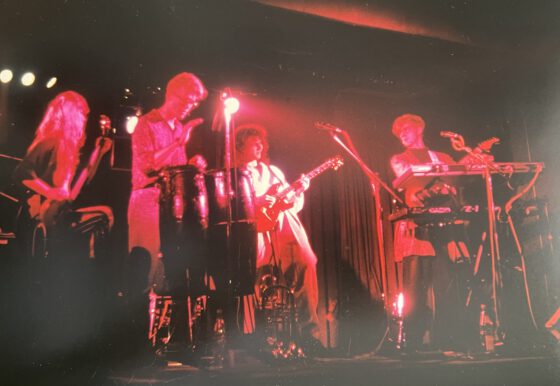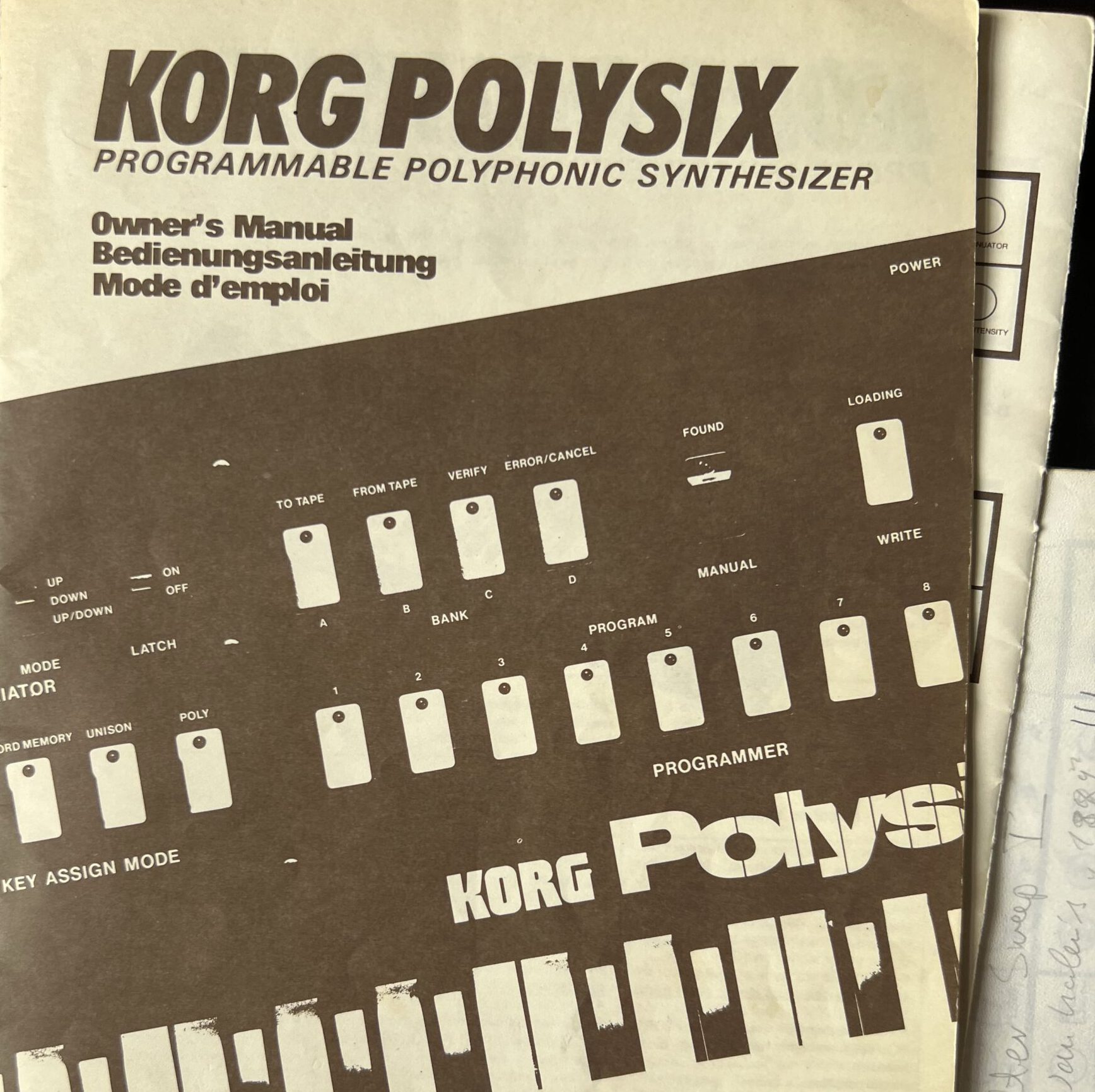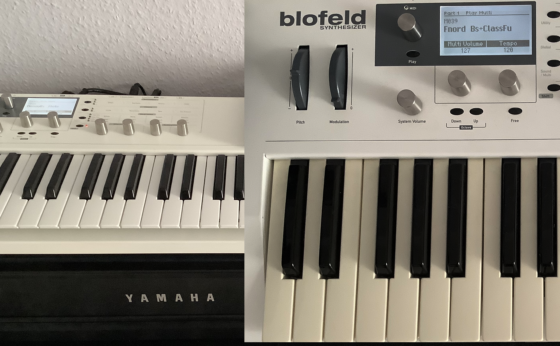Forgive me for inserting a slice of analog synth porn here:
Although the Matrix-1000 is nearing 40, it’s very much alive and kicking. It’s an analog that you can still, kind of, afford – and, more important, that still works. The Matrix-1000 ROM is by far the most popular firmware of all the upgrades Bob Grieb ever designed; they must have sold loads of that synth. And they have survived to this day, the occasional battery failure or dying voice chip nonwithstanding.
The very quality that made it a cheap, second-rate option back then – its lack of immediate controllers – is no longer a problem. When I bought my Matrix around 1990, I was stuck to the presets; these days, MIDI controllers are easy to find.
As a couple of people have asked about recommendations for controllers, you will find a collection of options I came across. It is worth noting that most of them work with the earlier Matrix-6/6R version of the synth as well although it lacks the option to use NPRN as well as dedicated commands to control the modulation matrix. Continue reading





